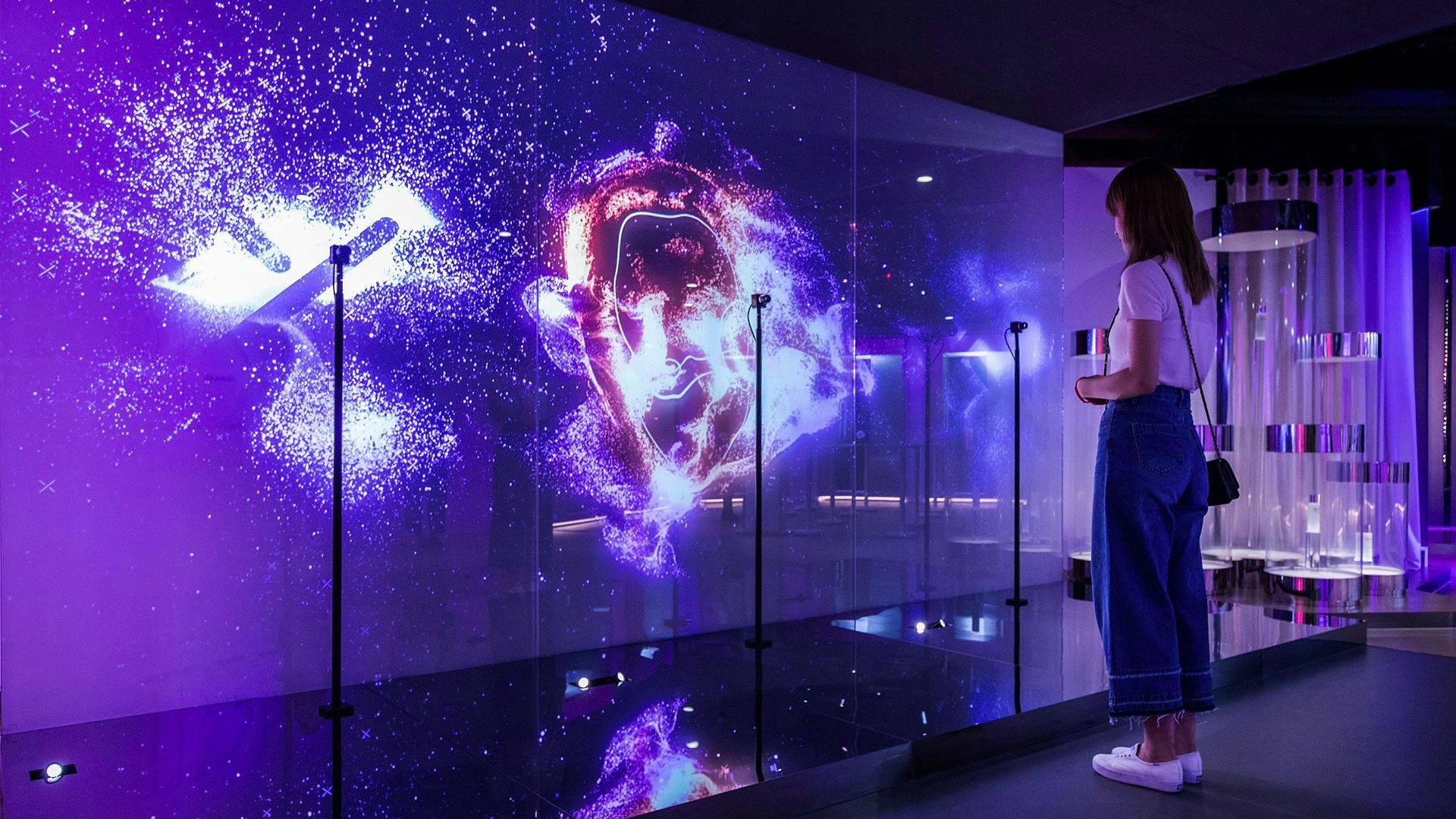Famous international luxury brand CEOs have recently made headlines with grade school-level gaffes while attempting to promote their brands in China. Some have even offended so considerably, that their brands may never recover in what is fast becoming the world’s largest marketplace for luxury goods.
This often happens because both brand owners and their agencies failed to understand or respect the Chinese consumer, or were too arrogant to modify their Western approaches. But if these brands want to win in China, they simply cannot afford to have these types of misunderstandings.
Chinese customers are already attracted to the quality and long-standing heritage that are often synonymous with many Western luxury brands; however, the way you promote these traits can make a huge difference in how your brand is perceived. Get it right, and your business will skyrocket overnight, but get it wrong, and you could be shunned by Chinese celebrities, influencers, and consumers.
Fortunately, we’ve also seen some amazing Chinese work from Western brands and their advertising agencies that we can learn from. Those success stories all have these things in common:
- They took the time to look at the cultures behind misdirected China research papers, so they can push irreverence far enough to be rebellious, but not so far as to be offensive.
- They also used people to drive the stories and dialogues with the audience, rather than positioning the brand as the protagonist.
There’s a lot to be gleaned by looking at specific campaigns in China. SK-II’s Leftover Women campaign, for example, used a very controversial subject, but it was successful because the company did its homework. The campaign itself was an extension of a study conducted by Pamp;G which highlighted key insights among women in Asia. Also, instead of talking at the audience, SK-II used real Chinese people to drive the conversation.
It’s no secret that really understanding your audience -- digging deeper than accepted stereotypes and generalizations -- is a big contributor towards successful advertising and marketing, and it’s no different in China. At the highest levels, successful brand projection requires insightful discoveries after a period of immersion into the subcultures you’re trying to permeate with your brand. This is, of course, not entirely possible for many western brands, but it’s essential to have this type of ambitious thinking.
Another great example comes from a surprising source: American WWE wrestler and actor John Cena. Recently, he was in China filming a new movie with Jackie Chan called "Project X." While there, he filmed the following video during his lunch break and posted it on Miaopai:
Lao Gan Ma is a product that has gained a cult following among Chinese people and expats alike. It’s a chili-and-black bean condiment that’s become famous for making bland food taste flavorful. In the video, John Cena said he was recommended Lao Gan Ma by a friend, tried it with broccoli, loved it immediately, and now eats it every day. He spoke all of this in Chinese (albeit with a very heavy accident) with clearly-formed thoughts rather than memorized lines. What was most impressive about this video was its air of authenticity: It’s genuine, relevant, and made with real experiences. Like John Cena, it’s important to show your audiences you care first, and then that you can be irreverent.
A less refined example, also comes from an athlete -- former soccer star David Beckham -- who unfortunately succumbed to outdated stereotypes in an ill-advised campaign. For Chinese New Year 2018, he posted a video of himself writing "happy new year" in Chinese calligraphy on a piece of red paper. While there is absolutely nothing wrong with this respectful and safe approach, it also happens to be terribly outdated and unimaginative.
Above all, the use of this tactic here is just not right for a celebrity like David Beckham. He has a fantastic personality on and off screen -- authentically charming and down to earth -- but his Chinese social media channels are bland and generic. While this is OK for a celebrity with an enormous following in China, it’s not going to move the needle forward for your brand -- only backwards.
Digging through the multitude of cultures in China for insights can be difficult and time-consuming, which is why we see brands fall back to old Chinese stereotypes like calligraphy so often. But brands shouldn’t give up, because once they find that golden piece of insight, their campaign will stand out in the sea of phoned-in marketing on WeChat and Weibo posts or influencer promotion pieces. But international brands should hurry, because Chinese brands are getting better at this kind of conceptual creative work -- and rather quickly.


